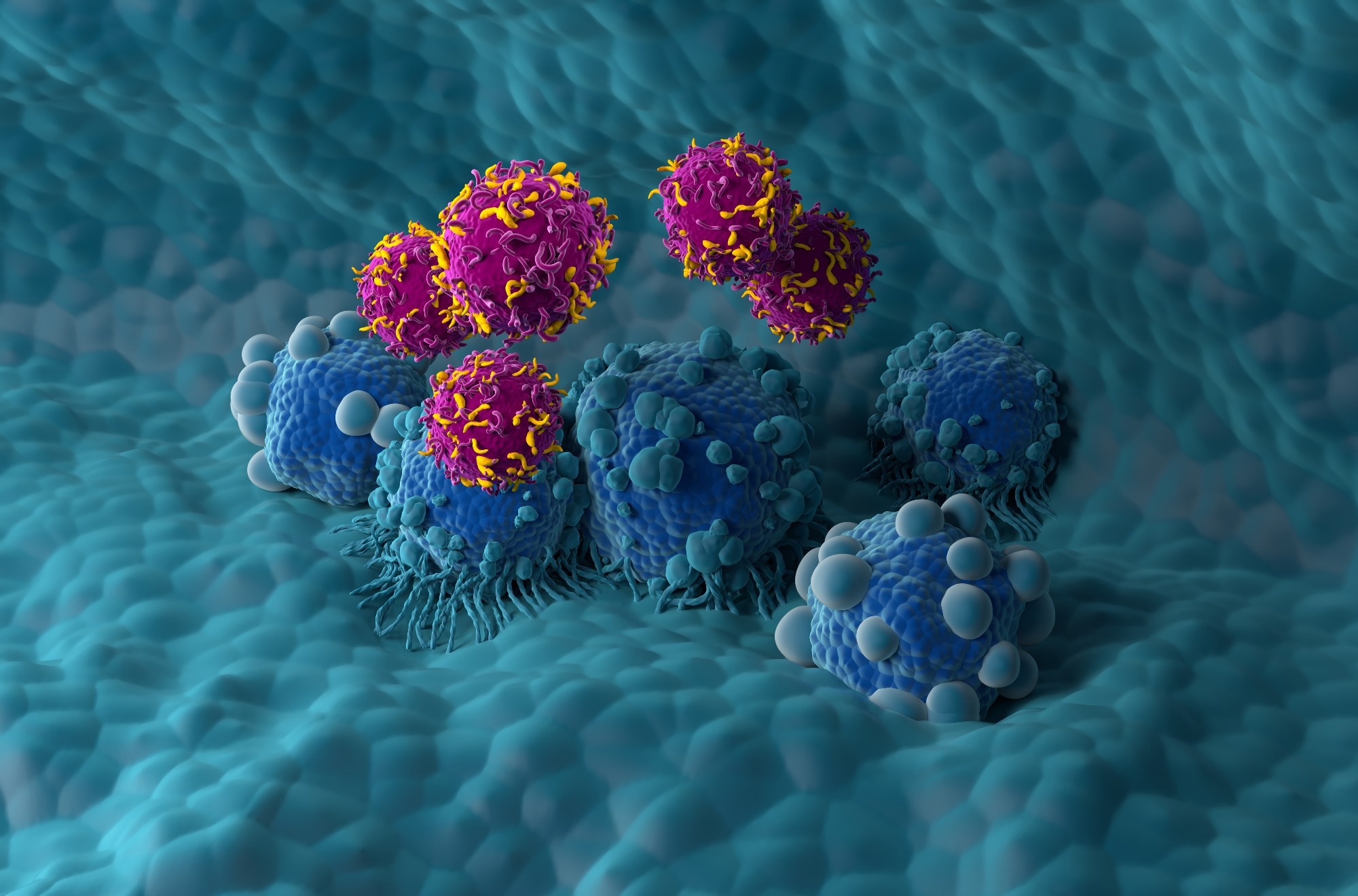Reviewed by Lauren HardakerJul 29 2025
Consider how immune cells may be tailored to combat any type of cancer. T cell receptor (TCR) therapy has the potential to become the standard cancer treatment. However, there are risks. The similarities between malignant and healthy cells might influence the body's immunological response, prompting T cells to attack unintended targets. TCR treatment requires laser attention to avoid self-inflicted injury. A new and intriguingly titled AI created at Cold Spring Harbor Laboratory (CSHL) might do exactly that.
 Image credit: Nemes Laszlo/Shutterstock.com
Image credit: Nemes Laszlo/Shutterstock.com
How does it function, and why do we require AI for the job? In biology, cells communicate their condition by displaying peptides on their surface. T cells employ these peptides to differentiate malignant from healthy cells. However, the human body has a large number of peptides and TCRs, making it very difficult and incredibly expensive to discover which peptides a specific TCR can bind to.
To solve this issue, CSHL Assistant Professor Hannah Meyer collaborated with Associate Professor Saket Navlakha and postdoctoral researcher Amitava Banerjee. The researchers created a vast new database with over 22,000 TCR-peptide interactions. They name it the BATCAVE.
Spelunking a dataset of this size would take a lifetime. So the team created an AI model. What do you name AI designed to search the BATCAVE? What else, except BATMAN.
We trained [BATMAN] on a bunch of TCRs and what they recognize. But give me a new TCR that is not in my database, and I need to figure out what it binds to. So, we ask, which are the best peptides I should select to make predictions?
Saket Navlakha, Associate Professor, Cold Spring Harbor Laboratory (CSHL)
During testing, BATMAN beat rival models in predicting which peptides bind to a specific TCR. The heroic AI also explained why seemingly unrelated peptides are caught in the crossfire.
It’s not enough to just count differences between potential targets. It matters where the difference is and what type of difference it is. Our model is already good enough to tell us if there are peptides we should be concerned about for targeted [cancer] therapies.
Hannah Meyer, Assistant Professor, Cold Spring Harbor Laboratory (CSHL)
Despite the promise, more work has to be done before BATMAN may leave the BATCAVE for possible clinical applications. Despite its size, the database only contains a small subset of all conceivable TCR-peptide combinations. More data might improve BATMAN's effectiveness and help scientists answer fundamental issues about the immune system.
There’s a lot of variation in the body’s T-cell response. If we can accurately predict how these cells and peptides interact, that will be very helpful for designing future therapies not only for cancer, but all human illnesses.
Amitava Banerjee, Postdoc, Cold Spring Harbor Laboratory
Source:
Journal reference:
Banerjee, A., et al. (2025) T cell receptor cross-reactivity prediction improved by a comprehensive mutational scan database. Cell Systems. doi.org/10.1016/j.cels.2025.101345.